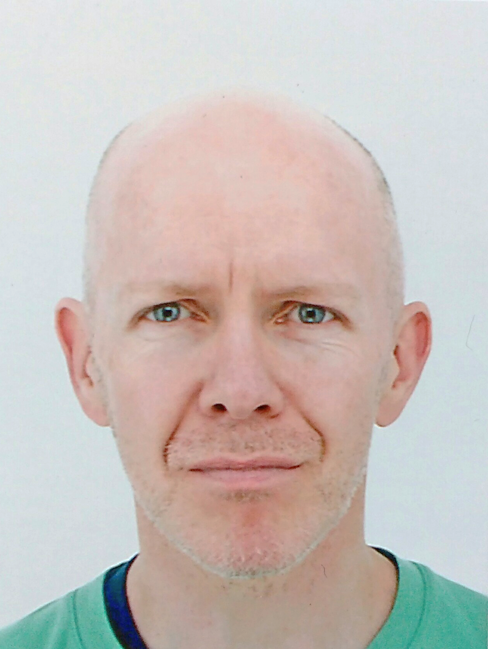Microsoft ends support for Internet Explorer on June 16, 2022.
We recommend using one of the browsers listed below.
- Microsoft Edge(Latest version)
- Mozilla Firefox(Latest version)
- Google Chrome(Latest version)
- Apple Safari(Latest version)
Please contact your browser provider for download and installation instructions.

Traditional computing as we know it is limited in its ability to greatly increase processing power, due to the limitations of connectivity speeds and very high electricity requirements to achieve the next level of powerful computing.
Many people are becoming interested in the new technology represented by quantum computers and hope that it will be able to solve the difficult computational problems that are beyond the capabilities of conventional digital computers.
Existing computer systems use binary digits or "bits," which can have the values of either 0 or 1. Quantum computers, however, use quantum bits or "qubits," which can exist in multiple states at once. Because a qubit can represent multiple values at the same time, its processing of information is potentially more powerful. Qubits can also be "entangled," which means that the state of one qubit is connected to the state of another qubit, however far apart they are. This offers the possibility of developing new quantum communication and cryptography protocols.

Quantum computers are expected to have a significant impact, for example, in areas such as drug discovery and materials science. These fields require huge amounts of computation to simulate the behavior of complex molecules and materials, something traditional computers cannot do efficiently. Quantum computers are predicted to be able to perform these calculations much faster, leading to the discovery of new drugs and materials that are currently impossible to find.
That said, the technology has its own set of difficulties and there are still many challenges to be overcome to realize general-purpose quantum computing. One major challenge is hardware limitations: the technology for building quantum computers is still in the early stages of development, and the current qubit systems make lots of errors, requiring complex error-correction techniques to remain stable. Another issue is scalability: it is uncertain whether quantum computing can be scaled up to solve large-scale problems, as the number of qubits required for solving complex problems increases exponentially. Qubits are usually sent via superconducting wires, which can carry electrical signals that represent the qubits. These types of superconducting qubits are very sensitive to their environment, however, and must be kept at extremely low temperatures.

A new type of quantum computing system created by the University of Tokyo, RIKEN and NTT is in development, one which offers interesting possibilities.
Optical quantum computing, a type of quantum computing that uses photons to carry and process information, may help create the right conditions to permit quantum computers to run at speeds never seen before.
Photons are elementary particles that are the basic unit of light and other forms of electromagnetic radiation, including radio waves, X-rays, and gamma rays. They are massless and travel at the speed of light in a vacuum and carry energy and momentum.
Compared with traditional quantum computing, optical quantum computing benefits from photons being very stable and less susceptible to interference. Optical quantum computing may also be more scalable than regular quantum computing because photons can be easily manipulated and transmitted over long distances using optical fibers, compared with signals sent over superconducting wires. This could allow for the future construction of large-scale quantum networks.

Researchers from the University of Tokyo, the scientific research institute RIKEN and NTT have developed a new way of combining commercially available optical communication systems with optical quantum technology. This has allowed them to achieve a world-record performance of 43-GHz when measuring a certain way of encoding information onto a high-frequency signal known as a carrier wave, used in telecommunications to transmit information signals over long distances.
The research is a step forward towards the development of an optical communication system and quantum computers working together at incredibly high speeds. It also enables multi-core optical quantum computer processors without requiring giant-sized machines, by sending multiple signals simultaneously over a single optical fiber. The University of Tokyo, RIKEN and NTT have accomplished this by using different wavelengths of light to carry each signal, increasing the capacity and efficiency of the network.
This breakthrough could help to create a multi-core optical quantum computer that may eventually achieve a clock speed of 100-GHz, the rate at which a computer's central processing unit (CPU) can execute instructions--the current world record has not yet gone past 10-GHz--and allow large numbers of quantum computers to work together in parallel.
In helping to make super-quantum computers a reality, the research partners are contributing to the solving of some of the most challenging computational problems in the world today, which will affect the way we communicate, discover new cures for diseases, and revolutionize the computing systems of the future.
Go to ntt-research.com to see details of how the NTT Group is pioneering many other ground-breaking technologies.
NTT--Innovating the Future

Daniel O'Connor
Daniel O'Connor joined the NTT Group in 1999 when he began work as the Public Relations Manager of NTT Europe. While in London, he liaised with the local press, created the company's intranet site, wrote technical copy for industry magazines and managed exhibition stands from initial design to finished displays.
Later seconded to the headquarters of NTT Communications in Tokyo, he contributed to the company's first-ever winning of global telecoms awards and the digitalisation of internal company information exchange.
Since 2015 Daniel has created content for the Group's Global Leadership Institute, the One NTT Network and is currently working with NTT R&D teams to grow public understanding of the cutting-edge research undertaken by the NTT Group.












